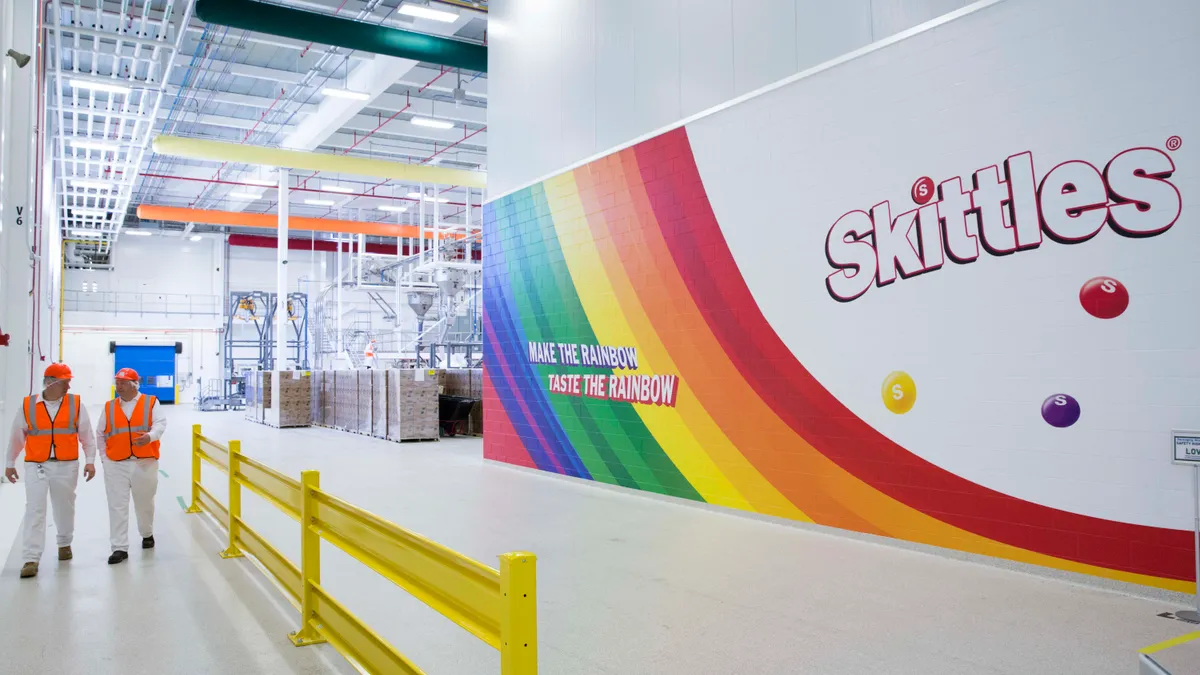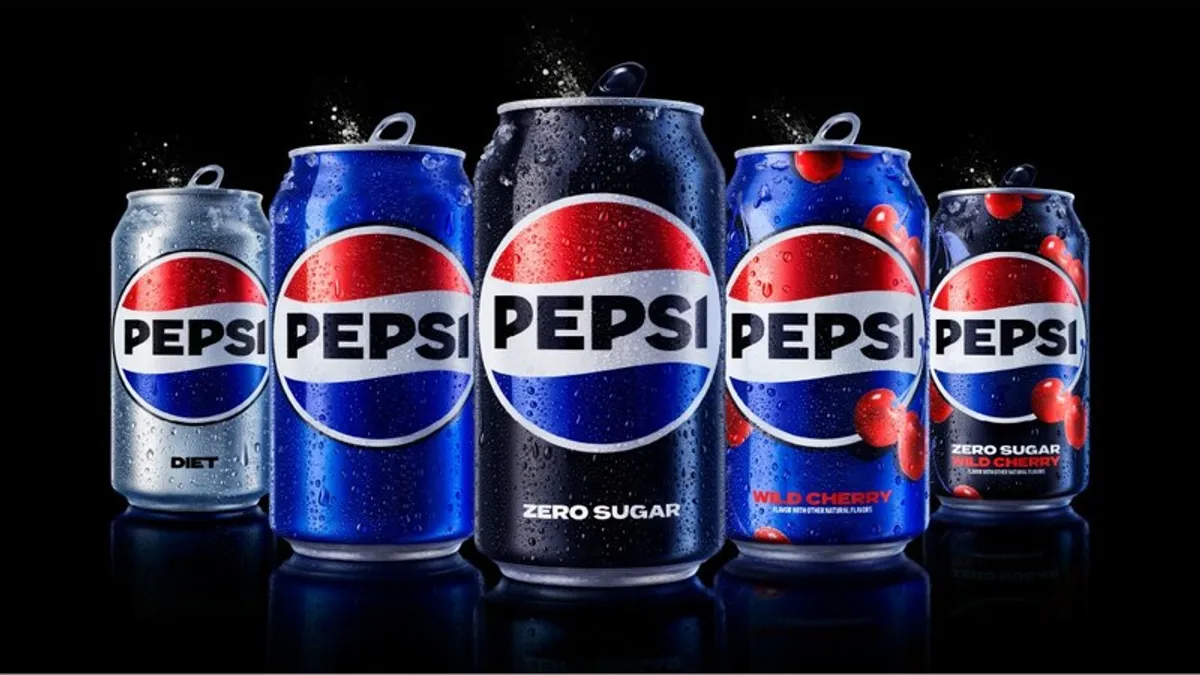Everyone's seen them: The online polls asking simple questions like "how did you feel about this ad?" or "does this ad make you more likely to purchase?" These surveys, a staple part of what's known as ad pretesting, can be instructive for marketers, but sometimes don't paint the whole picture when it comes to gauging the actual impact of a video ad on business outcomes.
Mars in recent months has experimented with a new piece of technology that factors in typical digital measurement techniques while putting a larger focus on the emotional response of the viewer as they're watching the ad. The latter tactic is something the company behind Mars Petcare, Mars Food and Mars Wrigley views as increasingly essential in an attention-strapped world where ad lengths are getting shorter, leaving little time to tell a well-rounded brand narrative. It's a strategy that also looks to differentiate the packaged goods giant from competitors that are similarly pushing to improve media efficiency and data-driven operations.
"In 99% of cases, the traditional consumer watches an ad and then is asked some form of question," said Sorin Patilinet, global insights director at Mars. "We don't believe in that. We have data to prove that the correlation between those kinds of studies, which are declarative studies, and the in-market performance of that ad is not that good."
Launched in July 2020 after a five-year gestation process, the Agile Creative Expertise (ACE) solution has already been used to analyze more than 450 pieces of content. Mars aims for it to surpass 1,000 pieces in 2021, a spokesperson said. The tool is predominantly focused on video, encompassing everything from six-second ads and social media stories to longer TV-like formats.
"Video is still the best format for us to build brands," Patilinet, a 10-year company veteran, said. "We believe in building brands through emotions, and it's very difficult to elicit emotions in static formats."
ACE measures traditional digital behaviors — skip rates, clickthrough rates and view-through rates — but also the facial expressions of people watching a video using an artificial intelligence (AI) algorithm. The AI tech, which is consent-based as a privacy consideration, can recognize up to 150 different emotions. It does not constitute facial recognition, according to Patilinet, because it does not identify faces at the individual level. Instead, it tracks the movement of eyes and lips, codifies them into a certain sentiment, i.e. "happy" or "sad," and then aggregates that data to paint a picture of the overall response to a video. Those cues then tell Mars whether or not a given campaign is working, needs to be edited or should be dropped altogether.
"In general, our criteria of success are an increase in emotion," said Patilinet. "We want to see the positive emotions going up during the ad."
Faster turnaround
Mars relies on a variety of outside partners to power ACE. Nielsen works on larger in-lab assessments while Realeyes assists with mobile measurement. Google and Medicom are also involved in the initiative, providing benchmarks for the solution. But Patilinet's team ultimately turns external results into a proprietary Mars number that's then interpreted, turned into a deck and shared internally to see which ads need tweaking.
"Basically all of the measurement is done outside," said Patilinet. "What we have in-house is the relationship with sales."
As agility has remained one of the biggest marketing buzzwords of the pandemic, the ability to adjust messaging on the fly can be beneficial. But ACE is part of a larger transformation at Mars where the marketer is looking to draw a clearer link between brand messages and sales using its own technology. In July, Mars Wrigley rolled out an Accelerating Impulse Moments (AIM) platform that applies data and test-and-learn findings to drive impulse purchases at retailers.
"Our gold standard is using sales data. If you run any test using sales data, you're talking about weeks if not months until you have the results," Patilinet said of ACE. "Here, we're talking days."
Patilinet hopes that ACE will eventually be able to produce real-time feedback through dynamic or automated assessments. Faster turnarounds come as more of Mars' business shifts to e-commerce and direct-to-consumer channels. While online sales in certain categories remain small, they're expected to continue to expand as shopping habits driven by COVID-19 stick around. Other offerings, especially petcare, have seen explosive e-commerce growth over the pandemic. In April, Mars Petcare hired Jessica Hauff as its first general manager of e-commerce and appointed Travis Reaves as vice president of strategy and growth transformation.
"With e-commerce growing, research will be easier," said Patilinet. "But it has to grow significantly. The sample has to be big enough in order to make that assessment."
Creating resonance
At the same time, traditional media formats — think anthemic TV spots — that helped turn Mars brands like M&M's and Skittles into cultural icons are waning. Cord-cutting has rapidly accelerated while consumer patience for longer commercials thins amid a proliferation of ad-free streaming options.
"The industry's moving toward shorter and shorter formats. It's true if you think about it, but it's also true using the data: building any kind of emotional story within six seconds is very difficult," said Patilinet.
Mars was among the first companies to air six-second TV ads several years ago, and has continued to experiment with nascent video offerings that recognize the need to provide an immediate hook for viewers. As ironing out those tactics proves to be a work in progress, ACE could be a linchpin in ensuring the message connects.
"You can create stories that elicit emotions in longer formats, but we know that people are skipping those formats," Patilinet said. "They're not very happy to watch 30 seconds of advertising. That's our biggest challenge that we're trying to solve."






















